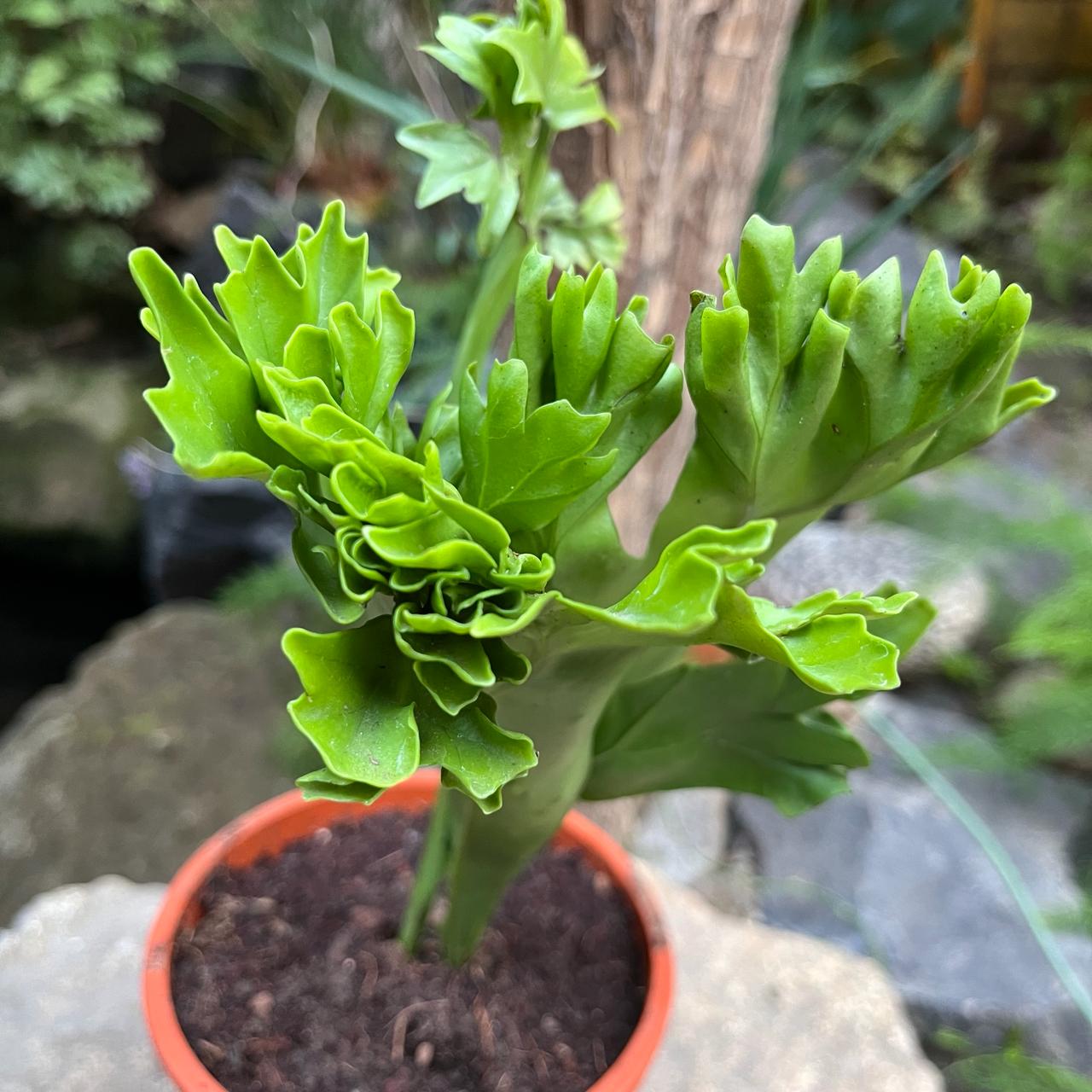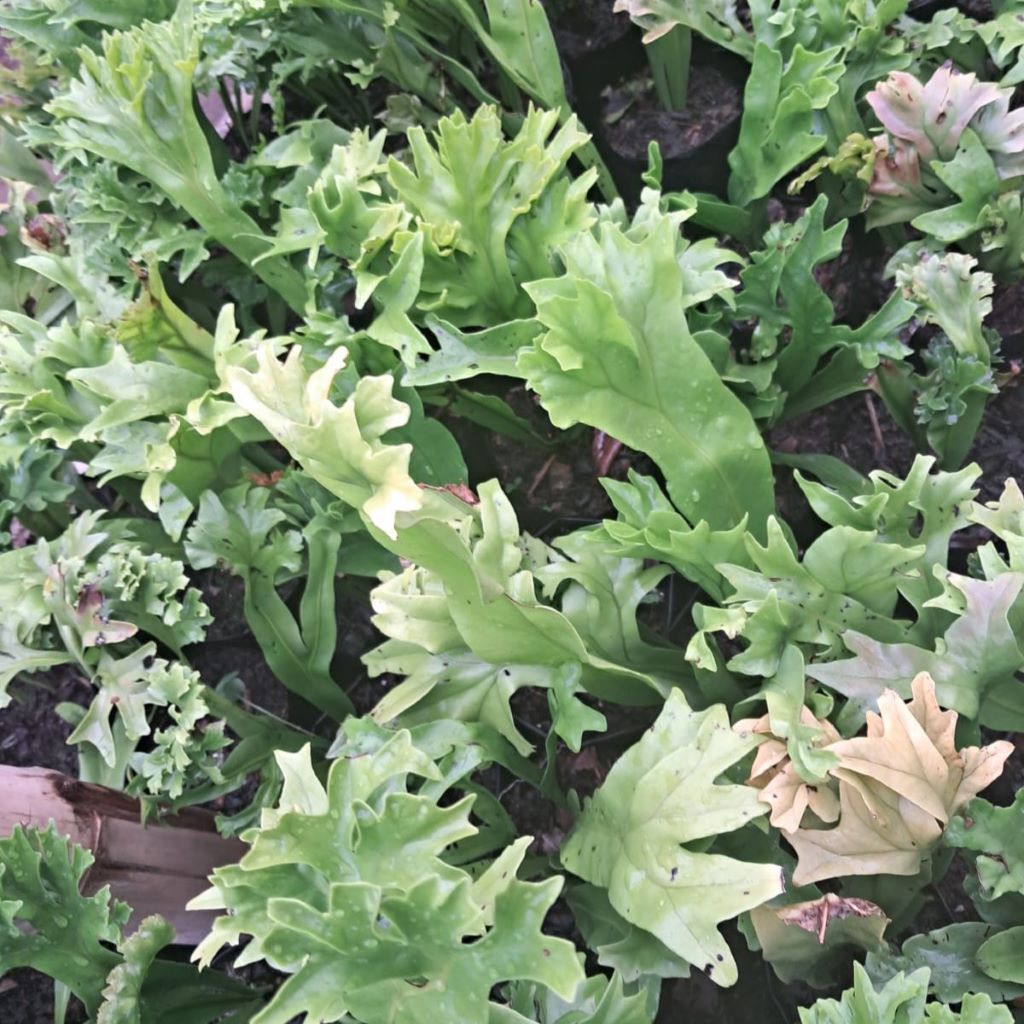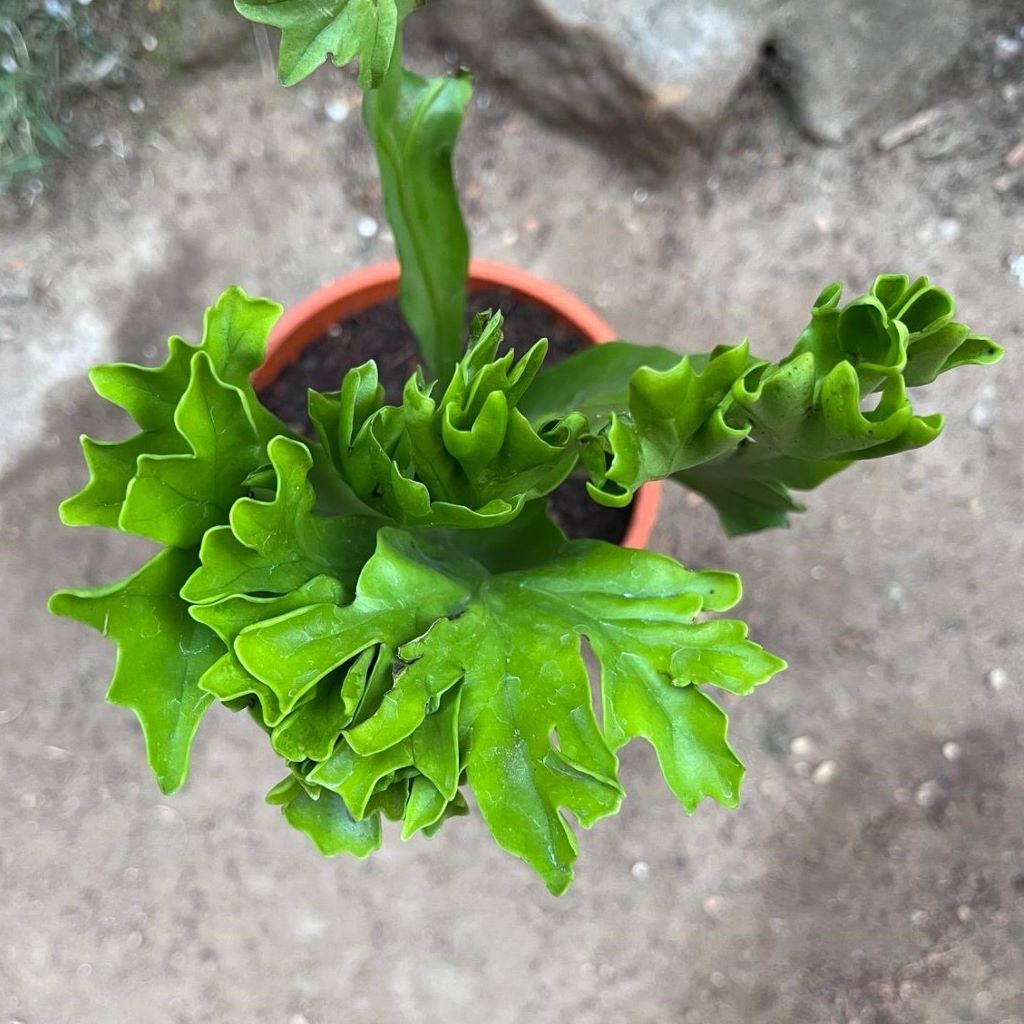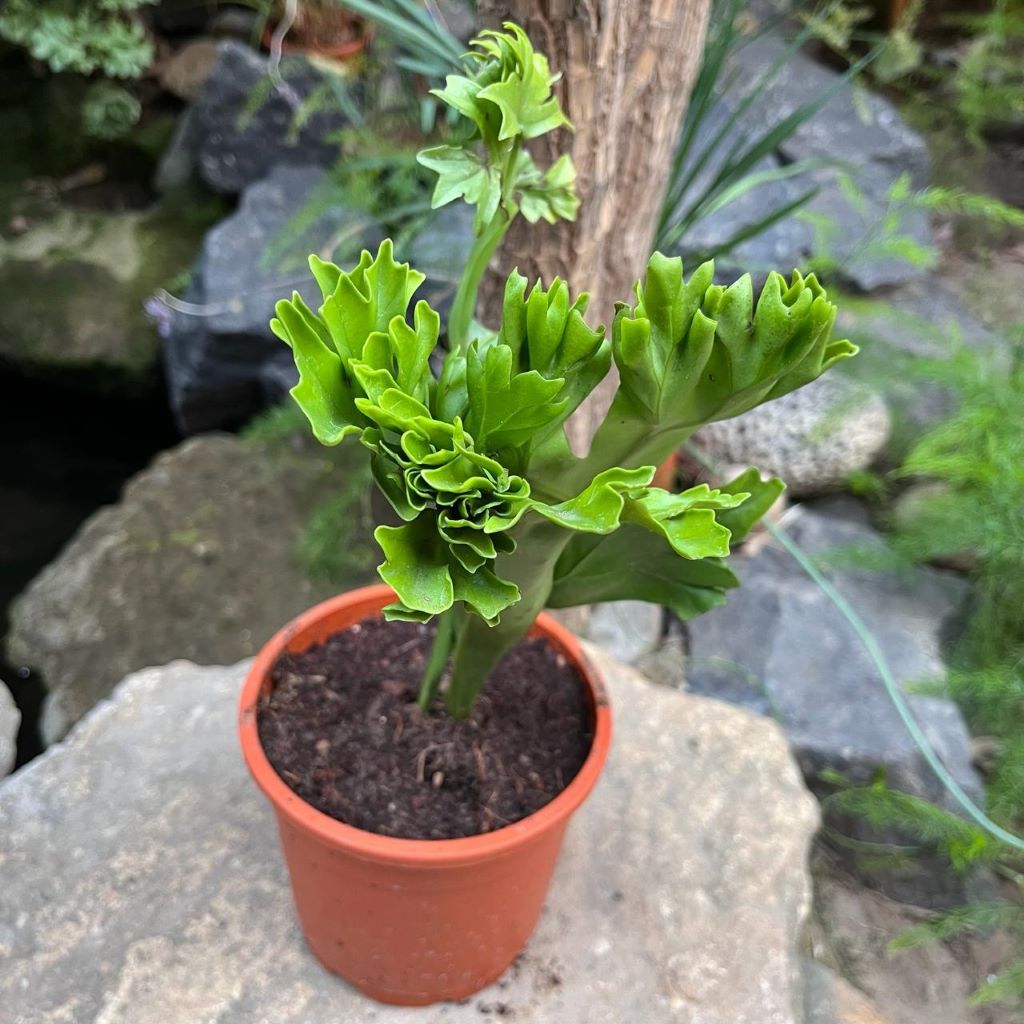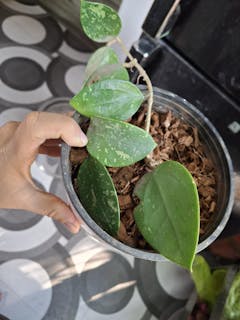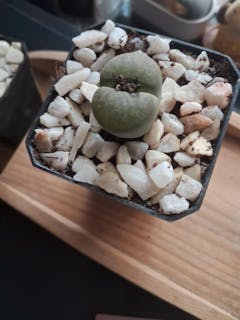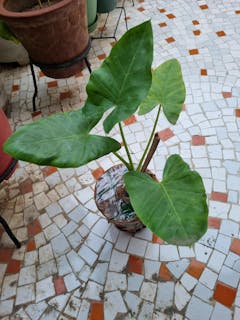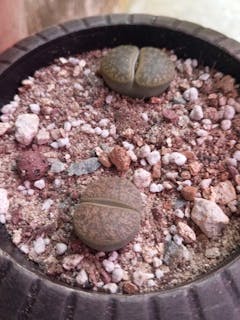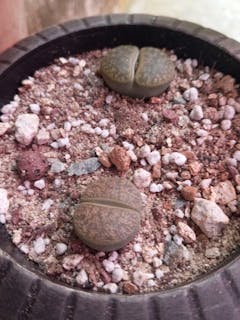Leathery polypody
Family
Polypodiaceae
Origin
North America
Description
Leathery Polypody (Polypodium scouleri) is a native fern that grows along the coast. Beautiful, leathery, deeply lobed, evergreen fronds grow on creeping rhizomes to about 8-12 inches tall and slowly spreading. It tends to grow in fog drip or salt spray zones, at elevations from sea level to 2,000 feet. It is quite often seen growing on trees or fallen logs and spreads slowly by rhizomes. It is an attractive fern for shaded areas.Environment
Grow in sun near the coast, shade anywhere with average to no water. Requires good drainage with a humusy soil and some summer moisture, but not overly wet.
Plant ferns in moist soil rich in organic matter.Combine half potting mix with half peat moss. Don't use potting mix that contains fertilizer (it can dissolve too fast and burn delicate fern roots).
Can be grown indoors too! Tolerates salt spray.
Landscape Use
Wonderful on rocks, cracks in walls, and logs in shady locations. Excellent in containers. Makes a lovely hanging basket.

